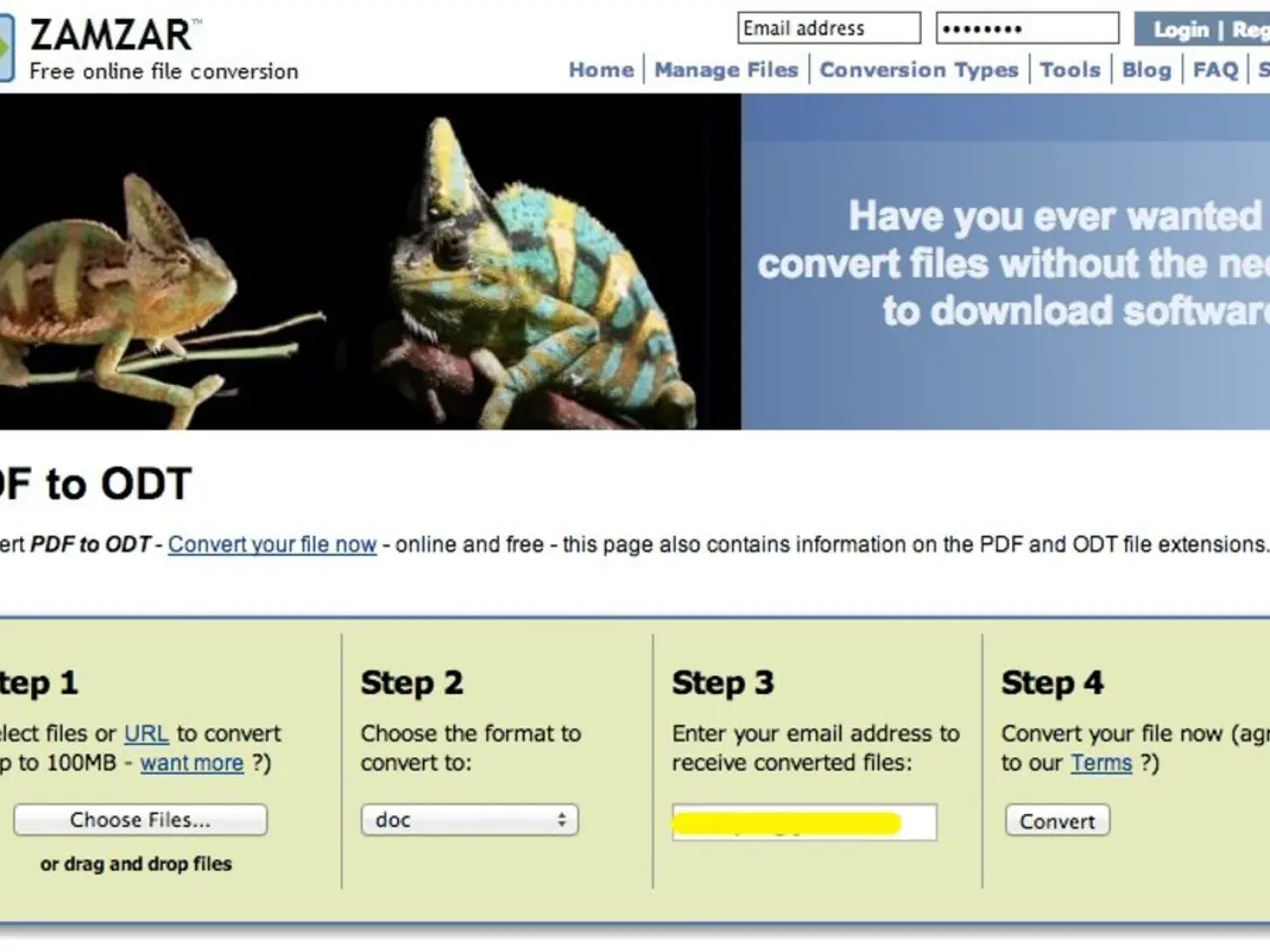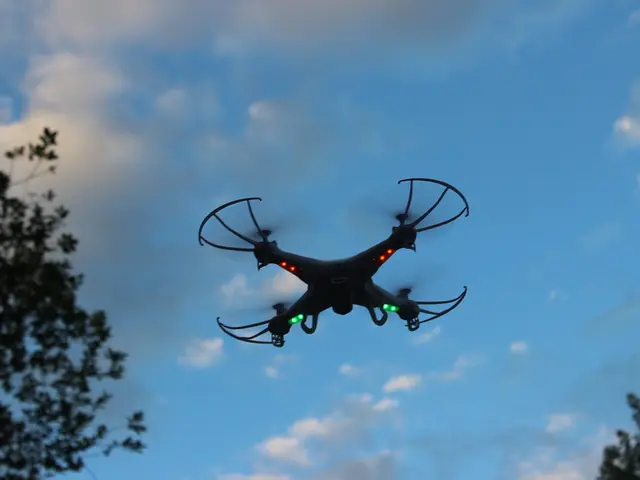Utilizing a Background Video for KYC: A Valuable Enhancement?
In the realm of digital onboarding, the fight against fraud has become a top priority. Three key strategies are gaining attention: background video, liveness technology, and multi-step verification. Each method offers unique advantages and challenges in detecting and preventing fraud.
Background Video, a less commonly discussed approach, typically involves recording the user's environment or a live video session without specific verification steps. While it is simple to implement and requires minimal investment, its effectiveness is limited. Background video does not actively verify the identity or liveness of the individual, making it vulnerable to deepfake videos.
Liveness Technology, on the other hand, focuses on ensuring the person in the video is real and present at the time of recording. This can include tasks like blinking, smiling, or other actions that are difficult to fake. Liveness technology is effective in preventing deepfake scams, offering advanced biometric analysis to distinguish real humans from AI-generated images. However, it requires sophisticated algorithms and hardware, potentially affecting user experience.
Multi-Step Verification involves a combination of verification methods, such as facial recognition, OTPs, and fingerprint scanning. This robust security measure protects against various types of fraud, including deepfakes, synthetic identities, and traditional identity theft. However, it requires integration of multiple verification systems, which can be complex and costly, potentially leading to friction in the onboarding process.
In 2020, customer fraud increased by over 35% compared to the previous year, according to a PwC survey. To combat this rise, background video can help verify documents with security features like holograms, ensuring the use of official documents. However, the cons of background video, particularly privacy and cost-related issues, often outweigh the pros.
Liveness technology uses facial biometrics to prevent spoofing and presentation attacks, increasing processing speeds and accuracy without human involvement. Background video uses biometric checks to automatically detect if a user is present during onboarding, potentially preventing fraud attempts from the outset. In suspicious cases, the recordings are transferred to the provider's verification team for manual checks, which can lead to time-consuming decision-making and potential human error.
Testing biometric solutions is the best way to move forward and make the best decision with a minimum investment of time and money. The key is to find the right balance between security, user experience, and cost-effectiveness. As the battle against fraud continues, these strategies will undoubtedly evolve and adapt to the ever-changing digital landscape.
[1] "Liveness Detection for Face Recognition" (2019) by S. K. Chung et al. [2] "Combating Synthetic Identity Fraud in the Digital Age" (2020) by Javelin Strategy & Research. [3] "Deepfake Detection: A Survey" (2020) by S. B. Lee et al. [4] "Identity Theft Prevention: A Comprehensive Guide" (2021) by Identity Theft Resource Center.
1) In light of the advancements in technology and the escalating concern over cybersecurity, employing liveness technology as a strategy in digital onboarding can be beneficial, as it provides robust biometric analysis to discern real humans from AI-generated images, thereby preventing deepfake scams. However, it requires sophisticated algorithms and hardware, which may affect user experience.
2) As the fight against fraud continues to intensify in digital onboarding, utilizing multi-step verification that combines facial recognition, One-Time Passwords (OTPs), and fingerprint scanning could offer a comprehensive security measure against various types of fraud, including deepfakes, synthetic identities, and traditional identity theft. Although it demands integration of multiple verification systems, which can be complex and costly, the robustness of this method is worth considering to secure the digital onboarding process.








